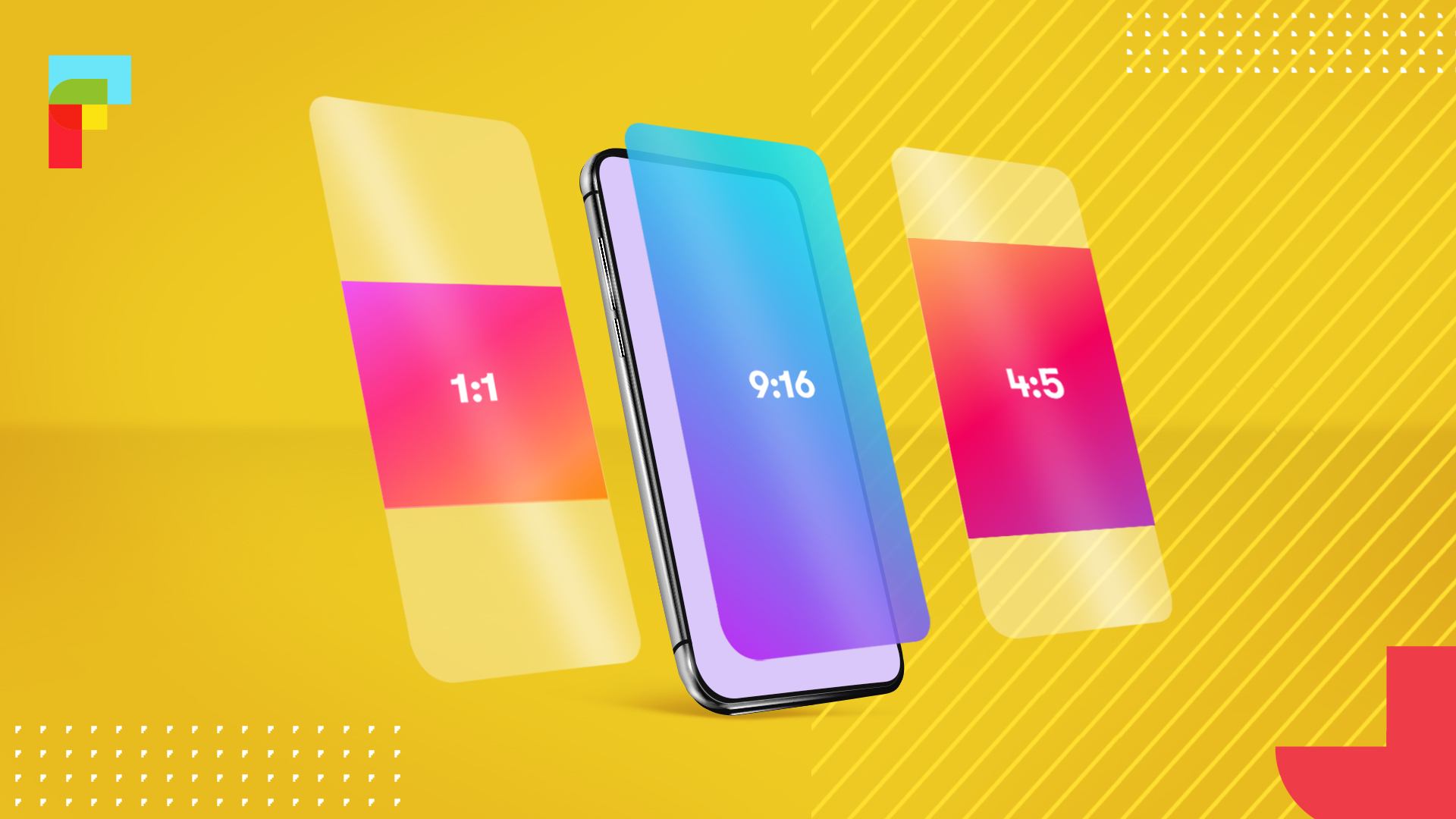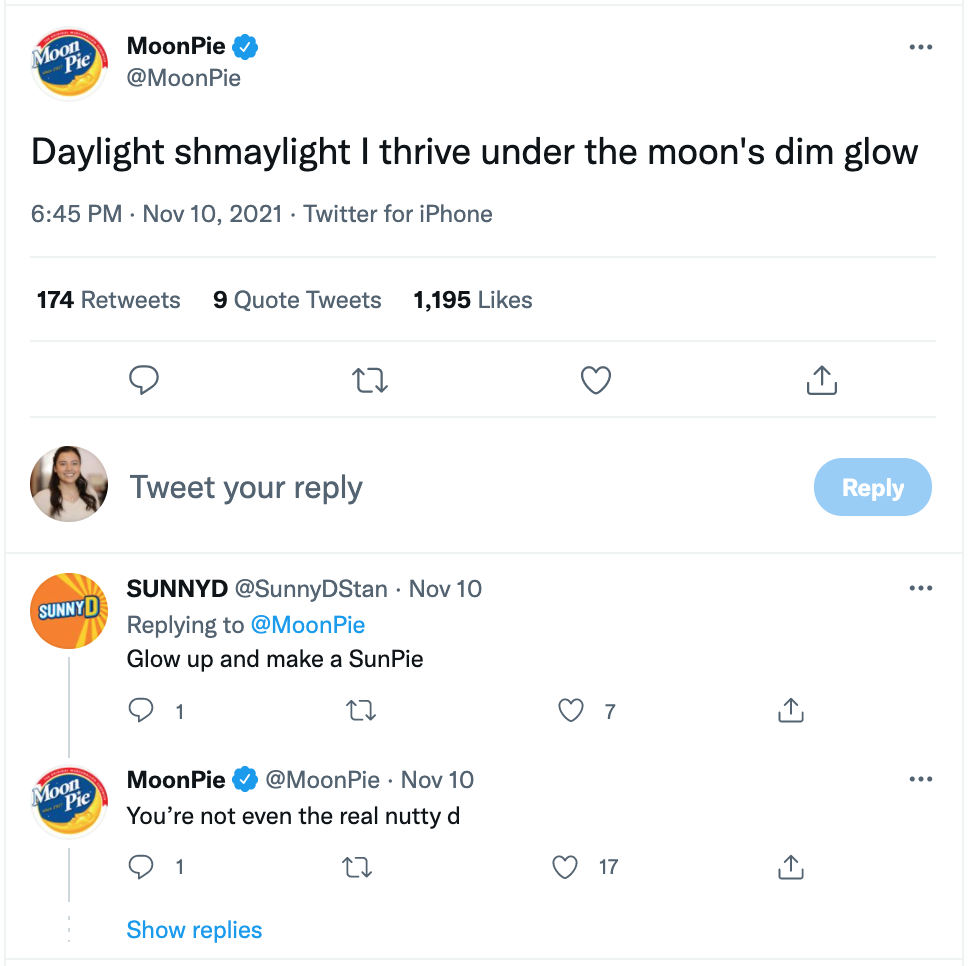
Argument for Aspect Ratios (And Taking Social Seriously)
How can you start doing your best stuff on YouTube, Twitch, Reddit, in the Meta-verse or whichever channels fit your target? Here are 5 quick wins to ensure your social game is on point.

You need that 9:16.
That 4:5.
And that 1:1.
If you’ve worked in advertising over the past decade, you’re probably familiar with those aspect ratio references. Paid social is likely a part of your campaigns at this point, and since it’s absolutely a part of your audiences’ daily routine, it’s got to be taken seriously. Seriously.
Social media advertising carries the stigma of being the “lesser” ads by some clients and creatives. The internet is an essential part of our lives, and these digital communities carry a great amount of influence over consumer behaviour. That makes these platforms pretty powerful.
Starting now, make a resolution to put in the effort to create the best work possible for the social environment.
How can you start doing your best stuff on YouTube, Twitch, Reddit, in the Meta-verse or whichever channels fit your target? Here are five quick wins to ensure your social game is on point:
Unlock the Power of Social at The Idea Phase.
These platforms have the potential to be a campaign’s hero component when you stop thinking about them as just media placements to fill. For example, a user-generated content contest doesn’t feel very awe-inspiring. It’s too tactical. However, crowdsourcing a reality TV show on Tik Tok with a $10,000 pay day for 60s of work, that’s something fridge-worthy. Social is an arena for real consumer experience.

Aspect Ratios and Character Limits.
Seems simple but just doing what “works” and not what’s “best” is the difference between below average and great. You wouldn’t buy a billboard on the highway and just place a TSA on there because it fits. It would be hard to read, it seems lazy and most importantly it’s less effective. So, take advantage of the size and space, get creative with it.

Remember The Outputs When Planning Production.
The above-mentioned aspect ratios, the location of in-app overlays, flexible content lengths, following different story arcs and consumption on a mobile device need to be flagged with the production team. As these components affect everything from talent usage in versioning (you’ll need a lot more than for TV), to set-up on the shoot day (a second camera could be useful), to number of edits (variety is the spice of life). It’s unlike what production team is used to, so make sure you’ve measured twice before you start cutting.
Accept That Fewer Eyeballs Doesn’t Mean Lower Results.
TV can be an easy ‘yes’ when you’re guaranteed millions of impressions compared to a social counterpart. It’s familiar and reliable. The bias is understandable. Yet, social eyeballs are more qualified due to better targeting capabilities and often offer a chance to convert immediately in many scenarios for less money. Like in 2020, the media cost of a 30s Super Bowl TV spot would have gotten you 1.4 billion Twitter impressions – makes you think, right?!
Take Risks.
You can have fun in a social environment and follow the age-old adage of “fail fast.” The generally lower media and production cost means you can be a bit weird. It’s the internet so almost anything goes. Push yourself to do the idea that’s too crazy for TV or print, but still on brand. Who knows, you may even get something to go [insert the v-word*].
*V-Word = Viral (You can’t promise virality, you can only label something as such after the fact. You can promise visibility with the help of media spend and smart content will get engagements).

If you follow only one of these tips, use the right aspect ratios, please.
Choose to use all of them, and you’ll benefit a brand’s bottom line, and be an internet sensation well, at least amongst your coworkers and clients.
To the internet and beyond!



